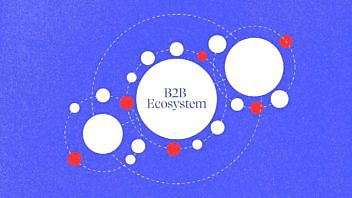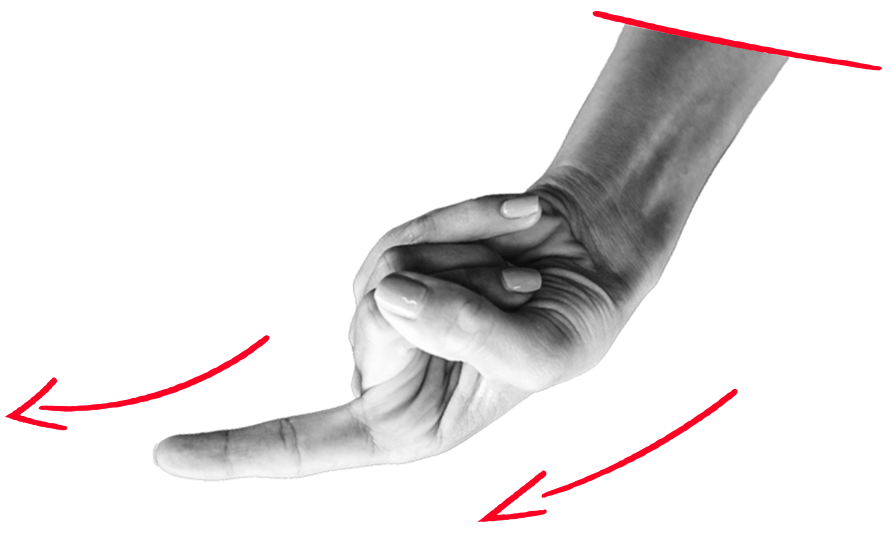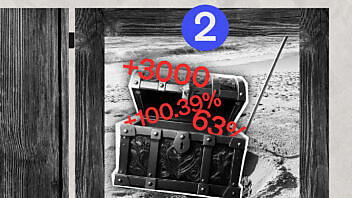This is about a huge trend in B2B tech that’s been happening almost in the background—but, at the same time, is making a growing impact on the go-to-market strategies of almost every company.
It’s the rise and rise of platform ecosystems—specifically SaaS app stores, the collections of more-or-less-easy-to-integrate, third-party apps, tools and widgets that let customers get more value from the platform they paid for.
Ecosystems are kind of what makes a platform a platform: Lots of customer/users; and slick, well-documented APIs so 3rd-party vendors can come and play; and a SaaS app store where customers can find new goodies.
The model has skyrocketed over the last decade because it’s win-win-win:
- The Platform wins because it can add way more capabilities way faster and serve market niches they might never get around to.
- Customers win because they can extend the value of the platform into more nooks & crannies.
- App vendors win because they get access to massive installed customer bases in distinct, targetable segments.
How big is the B2B platform ecosystem opportunity?
It’s really, really big and growing fast.
Let’s start with a few data points from just three not-very-randomly chosen companies (Velocity clients):
The Salesforce App Exchange has over 3,000 apps and components on offer. Over 90% of customers have at least one app installed, totalling over 10 million installs to date.
The HubSpot App Marketplace has over 1,000 apps in its thriving ecosystem (a testament to the leadership of VP of Platform Ecosystem and all-around martech megastar Scott Brinker, intervieqwed in the next post in this series). Over 90% of customers have at least one app installed here too — and the average customer has installed over 7 integrations.
The Slack App Directory has over 2,400 apps in it, across 19 categories that cover the joy spectrum from ‘Security & Compliance’ to ‘Social & Fun’.
And it’s not just the big, obvious platforms. A whole bunch of vendors out there are growing their own SaaS app stores and actively recruiting other vendors to stock their virtual shelves.
Blue Prism, another client (no, you shut up), is a pioneer of Robotic Process Automation. Under the leadership of rockstar Paul Nerger, they built an awesome Digital Exchange (their DX) full of assets that target everything from specific tasks (like, say, optical character recognition) to whole business processes.
If you’re in B2B tech, you probably offer at least one app or tool or widget in at least one of the app marketplaces out there.
And if your products can in any way be described as a platform, you may well run your own ecosystem too.
In fact, you might play both cards: the SaaS app stores often include vendors who have their own SaaS app stores.
All of this cooperation and coopetition can no longer just be treated as peripheral to your main B2B go-to-market. It’s bigger than that.
Time to get serious about B2B ecosystem marketing
B2B ecosystem marketing isn’t just an old-school, channel marketing play. It’s becoming a B2B discipline of its own, with dedicated teams and tools and processes.
Like any market-making model, it’s got different sides to it:
- Play 1: Marketing your own ecosystem or app store to potential vendors.
- Play 2: Marketing your ecosystem and its apps to your customer base.
- Play 3: Marketing your apps and tools to the users of other platforms.
The early versions of each of these plays were pretty primitive: a section of the platform’s website with a list of available app integrations.
These early SaaS app stores weren’t even marketed—the apps were just introduced during the sales process to help clinch the deal (“True, our dashboard sucks, but check out this Domo integration.”).
Today, all three plays are getting sophisticated.
Partner teams are making it really easy for 3rd-party vendors to hop in and start selling (Play 1). As Scott Brinker says in a recent post, “It’s not just about playing nicely with other kids in the sandbox. It’s about creating a sandbox where the other kids want to come to build their castles.”
The platform app stores are starting to look and feel like Amazon, using all the tricks of the trade to merchandise the apps; help users discover what they need; and help app partners market themselves. (Play 2). For a great example, check out OrgChartHub’s listing on the HubSpot App Marketplace (complete with video, reviews, ratings, features, screen shots, pricing, documentation…)
And vendors who sell through the ecosystems are getting better at their own in-store merchandising and off-store marketing. (Play 3).
Getting serious about ecosystem marketing
Ecosystems are becoming a major source of revenue for some software vendors—up to 100% (a dangerous way to live; we’ve all seen companies fail when the Big Kahuna decides to build their own version of their widget or acquire a competitor to be the chosen integration).
As the opportunity grows, B2B companies are professionalizing their own ecosystem marketing, with clear strategies to cover things like:
Play 1: Growing your ecosystem:
- Who should we get into our ecosystem? What capabilities add the most value?
- Can we get our own modules and add-ons in there too?
- Are our customers building stuff other customers might want?
- How can we build the best ecosystem experience for both users and app vendors?
- How will our ecosystem change our product roadmap?
Check out HubSpot’s developer portal to see how much they’re helping people build on HubSpot.
BTW: you don’t have to build these superstores yourself: ecosystem management platforms like Constellant make it easy (yes, another recent client: sue me).
Play 2: Marketing your ecosystem to your users (and prospects):
- How do we help every customer see the value of our ecosystem?
- Which apps are most important to promote and merchandise?
- How and where will we promote the app store to our existing customers?
- How can we best leverage our growing ecosystem in sales and marketing?
Power tip: Track down and interrogate the people who have already built these things—like Paul Nerger at BluePrism and Scott Brinker at HubSpot.
Play 3: Marketing your app in other ecosystems:
- Which app exchanges do we need to be in?
- How can we we win in each one?
- How can we get discovered inside the app store?
- How can we optimize conversions in our micro-store? (App Store Optimization: ASO)
- How can we drive the platform’s customers to our app?
No-brainer tip: Visit as many app marketplaces as you can to analyze what works. Then analyze your target ecosystem and see who’s winning. Then do a specific competitor analysis.
Ecosystem marketing could be your next big growth driver
Only you will know how big each of the three ecosystem plays will be for you.
But I suspect that at least one of them deserves more than an afterthought or a footnote in your strategy deck. The days of, “Yeah, we really should get around to listing ourselves in the App Exchange.” are over.
It’s time to get serious about this. Next post, I ask Scott Brinker, head of HubSpot’s App Ecosystem, a few questions about all this.

Enjoyed this article?
Take part in the discussion








Comments
There are no comments yet for this post. Why not be the first?